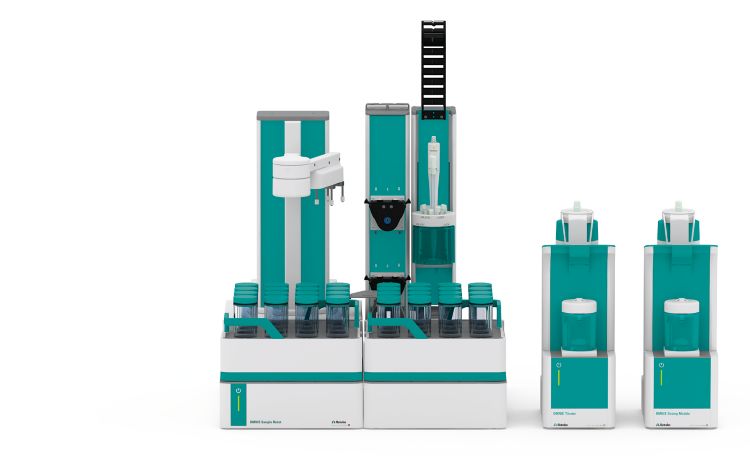Fresh as well as used petroleum products may contain acidic components as additives or degradation products. The acid number (AN) is a measure for the relative amount of acids present expressed as mg KOH per g sample. Moreover, AN is used as a quality parameter of lubricating oils both for assessing the quality of new formulations and as an indicator for the degradation of such formulations during service.
The use of a pH electrode suitable for non-aqueous titrations ensures the reliable determination of the equivalence point. A flexible sleeve diaphragm facilitates its cleaning especially after use in heavily contaminated samples, such as in used engine oils. Using the correct electrode greatly increases the precision and reliability of the results.
This Application Note describes the potentiometric determination of the acid number according to ASTM D664 and IP177 using the pH electrode Solvotrode easyClean.
This application is demonstrated on lubricating oil and fresh motor oil.
Care should be taken to use a representative, well-homogenized sample portion. Otherwise, no sample preparation is necessary.

The analysis is carried out on an automated system consisting of an OMNIS Sample Robot S and an OMNIS Advanced Titrator equipped with a Solvotrode easyClean.
Before the samples are measured, a blank determination is performed using the same amount of solvent as for the sample titration.
The sample is dissolved in the solvent mixture consisting of toluene, isopropanol (IPA), and CO2-free water. Then the sample is titrated with standardized potassium hydroxide in isopropanol until after the equivalence point is reached.
After each sample determination, the electrode needs to be rinsed with solvent solution, then IPA, followed by a rehydration of the glass membrane in deionized water. Afterwards, the electrode is briefly dipped in IPA to remove any adhering water.
For the tested samples, well-defined titration curves are obtained with acceptable results and low standard deviations. Results are summarized in Table 1. An example titration curve is displayed in Figure 2.
| AN in mg KOH/g sample | lubricating oil (n = 3) | motor oil (n = 28) |
|---|---|---|
| Mean | 1.088 | 1.9171 |
| SD(abs) | 0.005 | 0.034 |
| SD(rel) | 0.47 | 1.78 |
Fully automated determination of the acid number of petroleum products according to ASTM D664 and IP 177 can be achieved using a Metrohm OMNIS system. Using an OMNIS Sample Robot allows the fully automated titration of up to four samples in parallel. The OMNIS platform offers the opportunity to customize your system according to your need and expand it for other required titration applications.
 Share via email
Share via email
 Download PDF
Download PDF